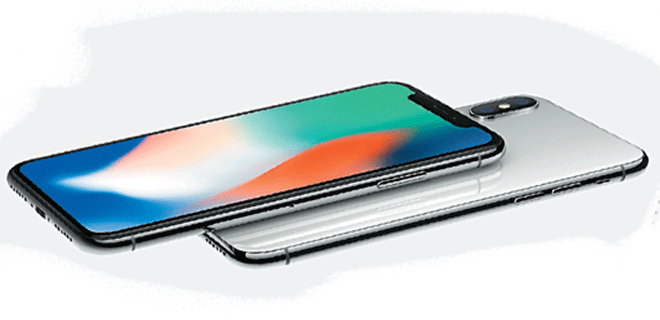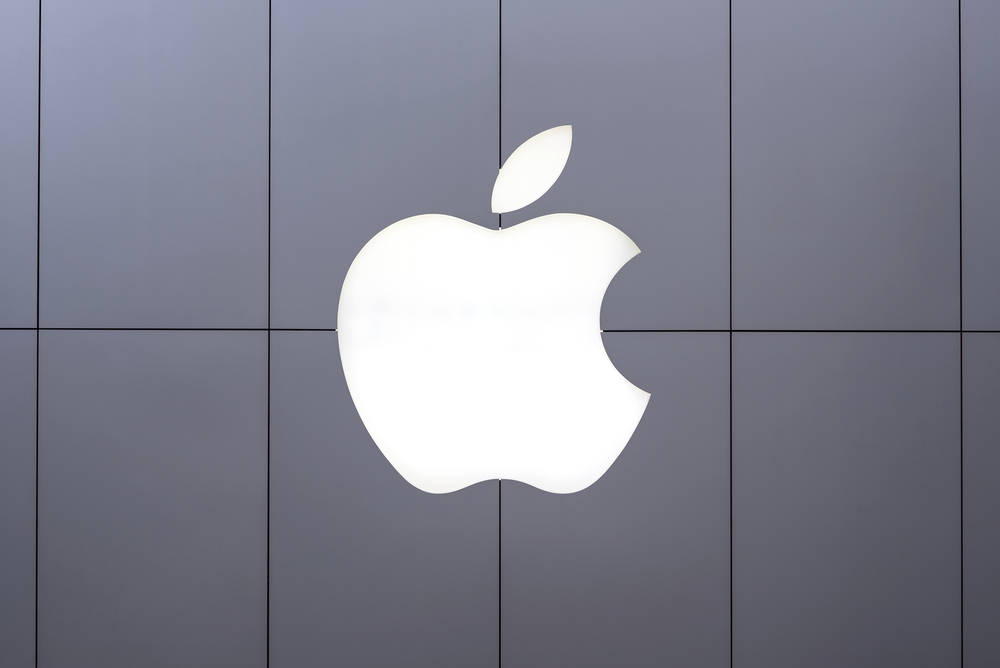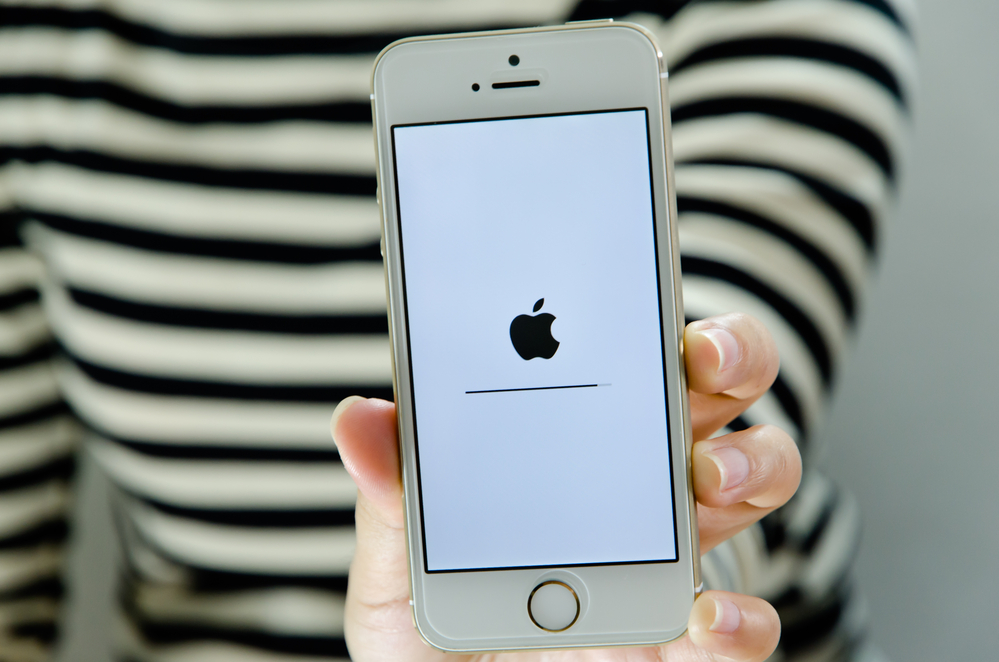Clash of the Titans
The battle of the best; Tushar Kanwar takes you through the latest Apple and Samsung launches

Apple and Samsung, which continue to dominate the smartphone market with their shiny gadgets, unveiled their flagship devices for 2017—iPhone 8 and 8 plus, iPhone X, and Samsung Galaxy Note 8. If you are wondering which one to pick, read on to see how they stack up.
iPhone X: First Impressions
Apple really pulled out all the stops with its 10th anniversary iPhone—an all-new design that’s marginally bigger than the smaller ‘non-Plus’ iPhones of the past, yet one that fits in a superior 5.8-inch edge-to-edge screen and advanced facial recognition-based biometric security. Having spent some time with the newest iPhone on the block, due in India on November 3rd starting at Rs 89,000, here are my thoughts.
The big change, one that you immediately notice if you’ve held an iPhone in the past couple of years, is that how much more screen you have access to in a form factor that’s barely bigger than the 4.7-inch iPhone 8. With the all-screen design and lack of the thick top and bottom bezels that have characterised iPhones since 2007, the X finally has a 2017-spec “near bezel-less” design that everyone has been expecting of flagship phones this year. It’s not quite “out there” as the sexy Infinity Display-sporting Samsung S8 series, but it is gorgeous and easy to hold and operate in one hand, which is a big plus. Color accuracy and brightness levels are spot on, courtesy the new OLED panel, a first for iPhones, and the tall 1125 x 2436 pixels display with HDR10, True Tone support, and a 1,000,000:1 contrast ratio round out an impressive visual package on the X.
With so much screen at your disposal, the obvious tradeoff has been the loss of the home button with the Touch ID fingerprint sensor. For the former, Apple has added some intuitive on-screen gestures to go to home screen, see open apps, and view the Control Center to access settings, but the lack of Touch ID is slightly more vexing. Sure, you sign in with a more secure Face ID facial recognition, but the whole process requires you to pick up your phone for the tech to work. It feels instinctively slower than fingerprint unlock, and certain scenarios like face-unlocking while looking away from the phone or when it is lying flat on a table are well-nigh impossible. The front-facing TrueDepth camera, which enables this entire authentication process, lets you take Portrait mode (blurry background) selfies as well, so that’s a plus.
The rear camera setup impresses in equal part, from the 4K shooting at 60 frames per second to the new Portrait Lighting feature, both of which the X shares with the new iPhones , and the new dual optical image stabilisation (on both the wide-angle and telephoto lens) is going to up the camera ante seriously! All in all, Apple seems to have, from my limited time with the device, hit one out of the park with the X, and I fully expect the Californian giant to be supply constrained for some months into the X’s global launch on November 3rd.
iPhone8 and 8plus
The iPhone 8 duo, possibly better described as the iPhone 7S and the 7S Plus, had their limelight stolen at launch by the iPhone X, but both phones pack a faster processor, new camera capabilities, and wireless charging support, which make them excellent devices in their own right.
Design: Brushed aluminium makes way for an all-glass rear, one that Apple claims is the most durable glass to appear on a smartphone and the glass curves seamlessly into the aluminum band around the phone edges. Let’s be clear, the overall design isn’t different from last year’s iPhones—bezels, water and dust resistance, and all. So much so, the 8/8 Plus fit right into 7/7 Plus cases perfectly, with the only additional benefit of wireless charging.
Display: The display sees a bump up in terms of the addition of True Tone technology, which uses sensors to detect the ambient light and subtly adjust the color temperature of the screen to match your surroundings, no matter what environment you’re in. The screens also offer a wide color gamut and excellent color accuracy, plus support for Dolby Vision and HDR10 formats, ensuring content looks true to life.
Camera: While there isn’t a big leap in the camera setup from the 7 Plus – the 8 Plus has one wide-angle 12-megapixel lens with optical image stabilisation, and another telephoto 12-megapixel lens capable of optical zoom. The marque feature on the 8 Plus – Portrait Lighting – allows you to add effects to the iPhone’s portrait mode, such as "studio light", "contour light" and "stage light" to bring out shadows and highlights, yielding more dramatic photos with beautifully blurred out backgrounds.
Performance and Software: The iPhones 8 run on the new A11 Bionic processor, which is the same chip as in the iPhone X, and with Apple's lead in mobile chip performance, the A11 clearly shows it has sufficient headroom for the future. The extra horsepower is visible when you try new apps that use Apple’s augmented reality implementation (ARKit) in iOS 11. The new experience, from the overhauled App Store to the new features within Live Photos, run incredibly smoothly on the new iPhones (expectedly so!). The upgraded stereo speakers are impressively loud, Bluetooth has been upgraded to the more reliable and future-proof Bluetooth 5 and the phones finally get fast charging.
Verdict: For iPhone 7 users, the improvements are marginal, but for older iPhone users, the camera and performances benefits will feel a lot more real. Should you pick one of these or wait for the X – answer comes down to practicality, budget, and your faith in the first-gen facial recognition on the iPhone X vs the established, and superb, fingerprint recognition on the iPhones 8.
Samsung Galaxy Note 8
You would think the Note series was all but written off last year after the disastrous recall and subsequent discontinuation of the Note 7. Yet, with the Note 8, Samsung has come back all-guns-a-blazin’ with the incredible 6.3-inch screen, excellent phablet-focussed software and an on-point stylus, plus some additional bells-and-whistles over the company’s existing S8/S8+ flagships.
Design: Unlike the outrageously gorgeous S8+, the Note 8 is much more boxy and angular, with even the dual curved display less pronounced on this device. The flatter sides make the Note 8 better to grip, which is essential for a device with a display this big. It remains dust and water resistant, even when the S Pen is not in the slot. The fingerprint sensor is still awkwardly located.
Display: You get that gorgeous Infinity Display we first saw in the S8, replete with super thin bezels and a screen that almost takes up the full front. The 18.5:9 aspect ratio display means the device is a tad tall, but not unmanageably so than any other big screen Android phone out there. Samsung Super AMOLED screens are sharp, vibrant and punchy, and the Note 8 takes it up a notch, with a gorgeous screen that is HDR-10 compliant for better color accuracy and contrast. Gorgeous stuff; perfect for movies on the go.
Camera: With the addition of the dual rear cameras, Samsung has done right by adding optical image stabilisation on both, the wide-angle and the telephoto cameras, a first for a smartphone —say goodbye to blurry photos. The dual camera setup affords the Note 8 optical zoom, along with the depth effect (blurred backgrounds) which can not only be adjusted before the shot, but after the fact as well. Picture quality is similar to the S8 series—stunning photos packed with detail and color, and there was literally no shooting situation that the Note 8 camera couldn't handle with ease. Video recording tops out at 30fps for 4K recording.
Performance and Software: The top-shelf Exynos 8895 chip with 6GB of memory guarantees interface and app performance is blazing fast on the Note 8. But, it’s the S Pen and the software tricks that has always set the series apart. New improvements to the S Pen menu include the Live Message feature, which lets you record pen strokes for a short message, turning it into an animated GIF, which can be shared even with owners of other phones. I particularly liked the Screen Off Memo, which lets you jot down up to 100 pages of notes on the screen, even if it isn’t turned on. That, and the App Pairing feature that takes advantage of the large screen to pair two apps together, and both open in split-screen windows whenever the shortcut is opened – a subtle yet nifty addition to multitasking. Battery life is adequate and lasts a full day of heavy use, yet I feel Samsung played a little too safe by kitting the Note 8 with a 3300mAh battery.
Verdict: You could call this the Note 8 Phoenix edition, since the device has literally risen from the ashes to post one of the biggest product comebacks ever. Much like the iPhone 8/8s, the Note 8 is a pricey proposition, yet the Note 8 offers enough firepower to satisfy Note users, old and new.









